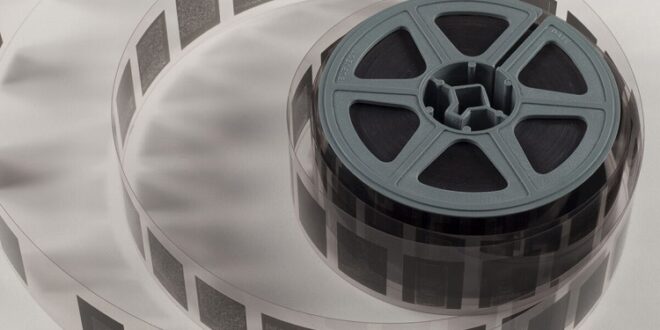In today’s world, digital technology is becoming increasingly dominant, and traditional mediums such as paper documents, photographs, and microfiche are slowly becoming obsolete. Therefore, the need for digital conversion services is more critical than ever.
Digital conversion services allow businesses and individuals to convert their physical documents and media into digital formats that are easier to store, share, and access. In this article, we will discuss digital conversion services, conversions, and converting microfiche to digital.
What are digital conversion services?
Digital conversion services refer to converting physical documents, images, and other media into digital formats. Digital conversion services can include document scanning, microfiche scanning, image scanning, and video and audio digitization. These services help businesses and individuals to preserve their documents and media for future generations and make them easily accessible.
Digital conversion services are essential for businesses that want to create a paperless office environment. They also help companies to save time and money by reducing the need for physical document storage and retrieval. In addition, digital conversion services can help businesses to comply with legal requirements for document retention and ensure that documents are available when needed.
Types of digital conversions
Businesses and individuals can take advantage of several types of digital conversions. Some of the most common digital conversions include:
- Document scanning: Document scanning involves converting physical paper documents into digital formats such as PDF, TIFF, or JPEG. Document scanning is ideal for businesses that want to create digital archives of their paper documents.
- Microfiche scanning: Microfiche scanning involves converting microfiche, a type of photographic film that contains miniature images of documents, into digital formats. Microfiche scanning is ideal for businesses with extensive archives of microfiche and who want to make the information within them easily accessible.
- Image scanning: Image scanning involves converting physical photographs, slides, and negatives into digital formats. Image scanning is ideal for individuals who want to preserve their family photographs and other personal images.
- Video and audio digitization: Video and audio digitization involve converting physical media such as tapes, cassettes, and vinyl records into digital formats. Video and audio digitization is ideal for individuals who want to preserve their personal video and audio collections.
The process of converting microfiche to digital
Microfiche was once a popular medium for storing large volumes of information. However, as digital technology has advanced, microfiche has become obsolete. Converting microfiche to digital formats can help businesses and individuals preserve the information contained within it and make it easily accessible.
The process of converting microfiche to digital involves several steps:
Step 1: Preparing the microfiche
Before microfiche can be converted to digital formats, it needs to be prepared. This involves cleaning the microfiche to remove any dust or debris that may be present. The microfiche is then inspected to ensure that it is in good condition and that the images are clear and legible.
Step 2: Scanning the microfiche
Once the microfiche has been prepared, it is scanned using specialized equipment. The scanner captures the images on the microfiche and converts them into digital formats such as TIFF or PDF. The scanning process can take several hours, depending on how many microfiches are scanned.
Step 3: Indexing the digital files
Once the microfiche has been scanned, the digital files must be indexed. Indexing involves assigning metadata to digital files, such as document titles, author names, and dates. This makes it easier to search for and retrieve specific documents.
Step 4: Quality control
After the scanning and indexing process is complete, the digital files are checked for quality. This involves verifying that the images are clear and legible and that the metadata is accurate. Any errors or issues are corrected before the final files are delivered to the client.
Step 5: Delivering the digital files
The final step in converting microfiche to digital is delivering the digital files to the client. The files can be delivered on a CD, USB drive, or online file-sharing service.
Benefits of converting microfiche to digital
There are several benefits of converting microfiche to digital formats. These include:
- Easier access to information: Digital formats are more accessible than physical microfiche. Digital files can be stored on a computer or in the cloud, making them accessible from anywhere.
- Space savings: Microfiche takes up a lot of physical space, and keeping them can be costly. Converting microfiche to digital formats can help businesses and individuals save space and reduce storage costs.
- Improved information sharing: Digital files can be easily shared with others, making it easier for companies to collaborate and share information.
Conclusion
If you require digital conversion services, look no further than ConvertMyMicrofilm. Our team of experts has years of experience converting microfiche, documents, images, and media into digital formats. We use state-of-the-art equipment and technology to ensure that our digital files are of the highest quality. Contact us today to learn more about our services and how we can help you preserve your important documents and media. Click here to visit our website and get started with ConvertMyMicrofilm.
 HammBurg Be informed with latest news, reviews, entertainment, lifestyle tips, and much more.
HammBurg Be informed with latest news, reviews, entertainment, lifestyle tips, and much more.




